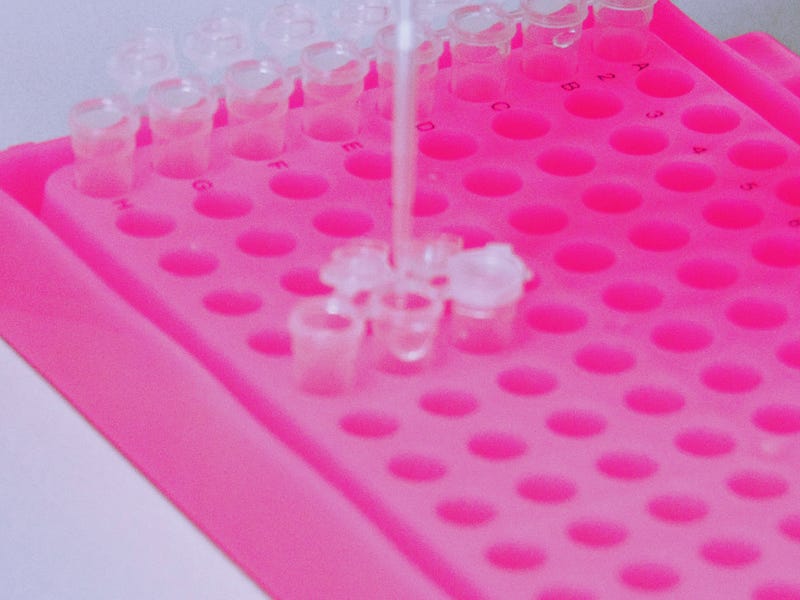Choosing Between TRIZol and RNA Isolation Kits for cDNA Synthesis
Written on
Chapter 1: Overview of RNA Isolation Methods
When examining older research publications or budget-conscious laboratories, you’ll often find a reliance on TRIZol reagent, a traditional manual RNA isolation technique. In contrast, many modern labs have shifted to using specialized kits. But what drives these choices? Is it related to the sensitivity of the cell types in use—such as primary cells, transformed cell lines, or induced pluripotent stem cells (iPSCs)?
What is TRIZol and Its Popularity?
TRIZol is a comprehensive reagent designed for the extraction of high-quality total RNA or for simultaneous isolation of RNA, DNA, and proteins from various biological samples. It utilizes organic extraction, which involves a series of manual steps and different reagents leading to RNA isolation. The process begins with adding TRIZol to the cultured cells, initiating the entire purification procedure.
One of the key factors contributing to TRIZol's popularity is its affordability. As a starting reagent, it is significantly less expensive compared to commercial kits. Additionally, TRIZol is highly effective, leveraging a chloroform-phenol interface for extraction. However, the initial phase of manually separating RNA-containing fractions from TRIZol can be quite complex. While TRIZol is effective, the manual handling required may compromise results, particularly in educational settings where contamination risks are higher.
Understanding RNA Isolation Kits
Consider the RNEasy Isolation Kit from Qiagen, which is often regarded as the "gold standard." This kit eliminates the need for phenol/chloroform extractions and CsCl gradients, instead relying on silica spin columns and centrifugation for mechanical separation. This method is quick, clean, and precise, and it avoids the carcinogenic risks associated with TRIZol. However, the cost can be daunting, with prices reaching around 6000 EUR.
The Case for TRIZol in iPSC Work
Despite the advantages of RNA isolation kits, there are indications that TRIZol (especially when paired with RNAeasy spin columns) can yield over ten times more RNA than using the RNEasy kit alone. It's essential to consider the limitations of such studies, including variations in sample sizes and types. Researchers working with iPSCs, cardiomyocytes (iPSC-CM), and induced hepatocytes (iHEPs) frequently choose TRIZol due to the unique sensitivities of these cell types, making meticulous culture practices vital.
Your Decision Depends on Your Priorities
- If budget is a primary concern, TRIZol is the preferred choice.
- If worker safety is paramount, RNA isolation kits are advisable.
- For time efficiency, kits are generally more effective.
- In large-scale projects, you may choose TRIZol to cut costs or kits to reduce manual labor.
For those focused on RNA-based therapeutics that could transform human medicine and who handle numerous samples, TRIZol could be a sensible option, provided there is a realistic understanding of pipetting precision.

Chapter 2: Practical Insights on RNA Extraction
In this video, you will learn how to extract RNA from neuroprecursor cells using the Bio-Rad Total RNA Kit, showcasing the step-by-step process involved.
This video demonstrates the isolation of RNA using the PureLink™ RNA Mini Kit, focusing on the qPCR step 2, which is crucial for effective RNA analysis.